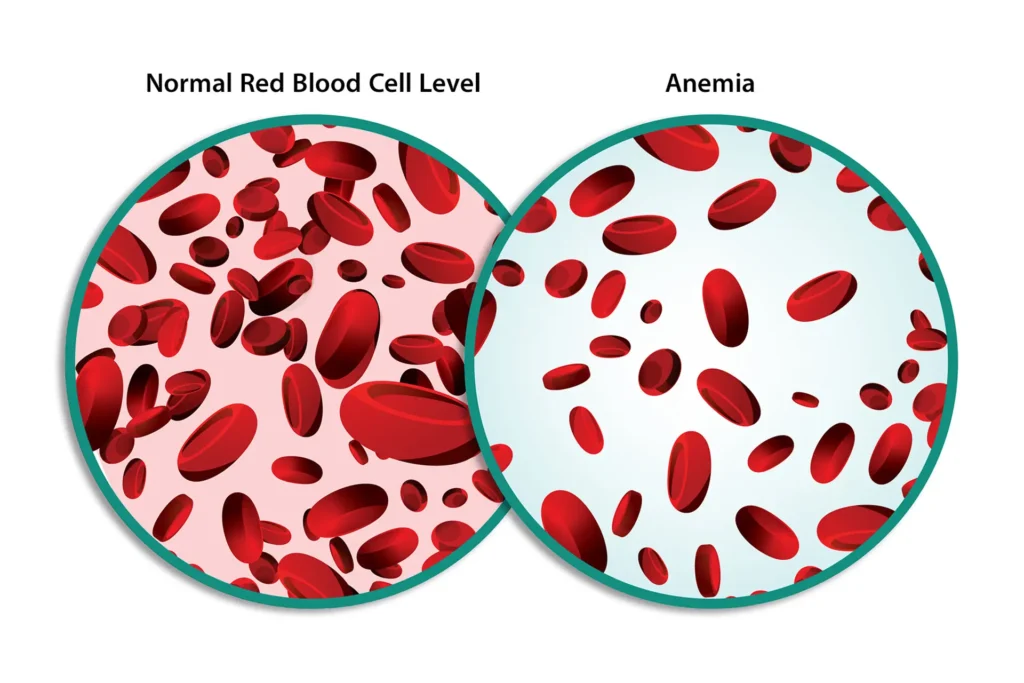Iron‑Deficiency Anemia in Kids: Signs, Diagnosis & Parenting Guide

Learn to spot iron‑deficiency anemia early in children, understand diagnostic steps, treatment options, and key parenting strategies to support recovery.
🔍 What Is Iron‑Deficiency Anemia?
Iron‑deficiency anemia (IDA) occurs when a child’s body doesn’t have enough iron to produce adequate hemoglobin. It’s the most common nutritional deficiency worldwide and especially affects infants (9 mo–3 yrs) and adolescent girls.
Early IDA may be mild or asymptomatic, but can cause pallor, fatigue, irritability, poor appetite, and exercise intolerance. Severe cases may show tachycardia, shortness of breath, cold sweats.
📌 Symptoms Parents Should Watch
- Pale skin and fatigue
- Poor growth, dizziness, lethargy
- Fast heartbeat, breathlessness during activity
- Behavioral changes: hesitation, listlessness, fussiness
Long-term, chronic IDA can impact neurodevelopment, cognitive function, and social behavior—even after treatment
🩺 Diagnosis: Testing and Interpretation
- Blood Tests: Low hemoglobin, microcytosis, anisocytosis, low serum ferritin confirm IDA
- Risk Screening: Recommended at ages ~1 yr and during adolescence for high-risk groups
Contrary to misconceptions, no single “gold standard”—clinicians interpret results contextually
💊 Treatment Guidelines
- Oral iron therapy is first-line: 3–6 mg/kg elemental iron daily for 3 months beyond hemoglobin normalization
- Take with vitamin C (e.g., orange juice) on an empty stomach; can take at night to reduce GI upset
- Monitor: CBC at 1 mo, then at 3 and 6 mo; change plan if no improvement
- IV iron or specialist referral if oral therapy fails
🥗 Parent‑Friendly Prevention Tips
- Breastfed infants need iron supplementation starting at ~4 mo; avoid cow’s milk before 12 mo; use iron-fortified formula
- After 6 mo, introduce iron-rich foods (meat, fortified cereals, legumes) with vitamin C foods
- Limit cow’s milk to ≤24 oz/day after 12 mo to avoid iron displacement
👶 Developmental & Emotional Impact
- Children with early IDA show reduced attention, social engagement, and vocalization; affect mother–child interactions long-term
- Positive parenting—responsive feeding, stimulation, nurturing—can support recovery and development
✅ Summary
- Iron deficiency is widespread but treatable
- Early diagnosis and treatment prevent long-term deficits
- Build a balanced diet and responsive parenting routine
- Monitor, support, and follow up closely




